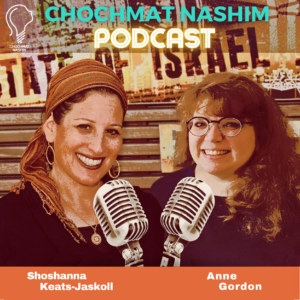
A famous midrash in Menachot 29b recounts a fantastical story about an interaction in heaven between Moses and God:
R. Yehuda said in the name of Rav:
When Moses ascended to the heavens, he saw God sitting and tying crowns to the letters [of the Torah].
Moses asked, “What’s the hold up [i.e., why can’t you give the Torah as is]?
God replied, “there’s a man who will be in the future, after many generations, named Akiva b. Yosef, who will find in every jot and tittle mounds of laws.
Moses said, “Master of the Universe, show him to me!”
God said, “Turn around”
Moses went and sat in the eighth row of students in R. Akiva’s class, and had no idea what they were saying. His strength deflated.
The class asked R. Akiba about a certain matter, “From whence to you know this?” He replied, “It is a Law transmitted to Moses at Sinai. Moses’ mind was put at ease.
The purpose of this midrash is to authenticate the Oral Law, but there are many questions relating to it. If the Oral Law was given to Moses at Mount Sinai, how can it be that Moses does not understand what is being said in the study hall of Rabbi Akiva? And if the Oral Law is a continuation of the divine tradition, why is it necessary for Rabbi Akiva to derive them from the crowns of the letters? And how does he do this?
https://blogs.timesofisrael.com/how-did-the-oral-law-become-part-of-the-torah/



©2024 All rights reserved